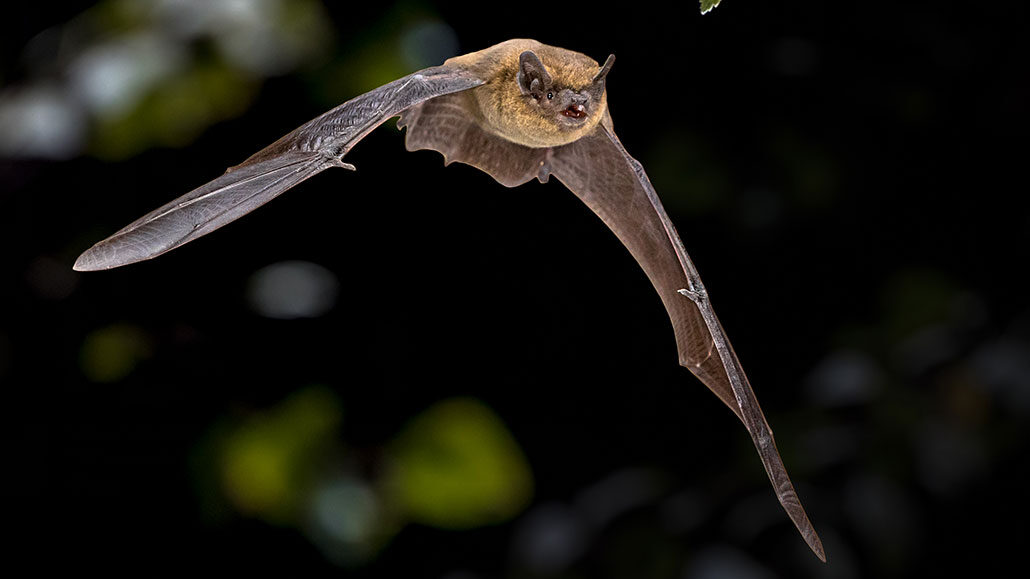Questions for “Here’s what bats ‘see’ when they probe the world with sound”

Most mammals rely on sight to get around. Bats navigate and hunt using sound. They make high pitched calls and their ears detect the echoes. Scientists are now getting a better understanding of what these animals perceive though echolocation.
CreativeNature_nl/iStock/Getty Images Plus